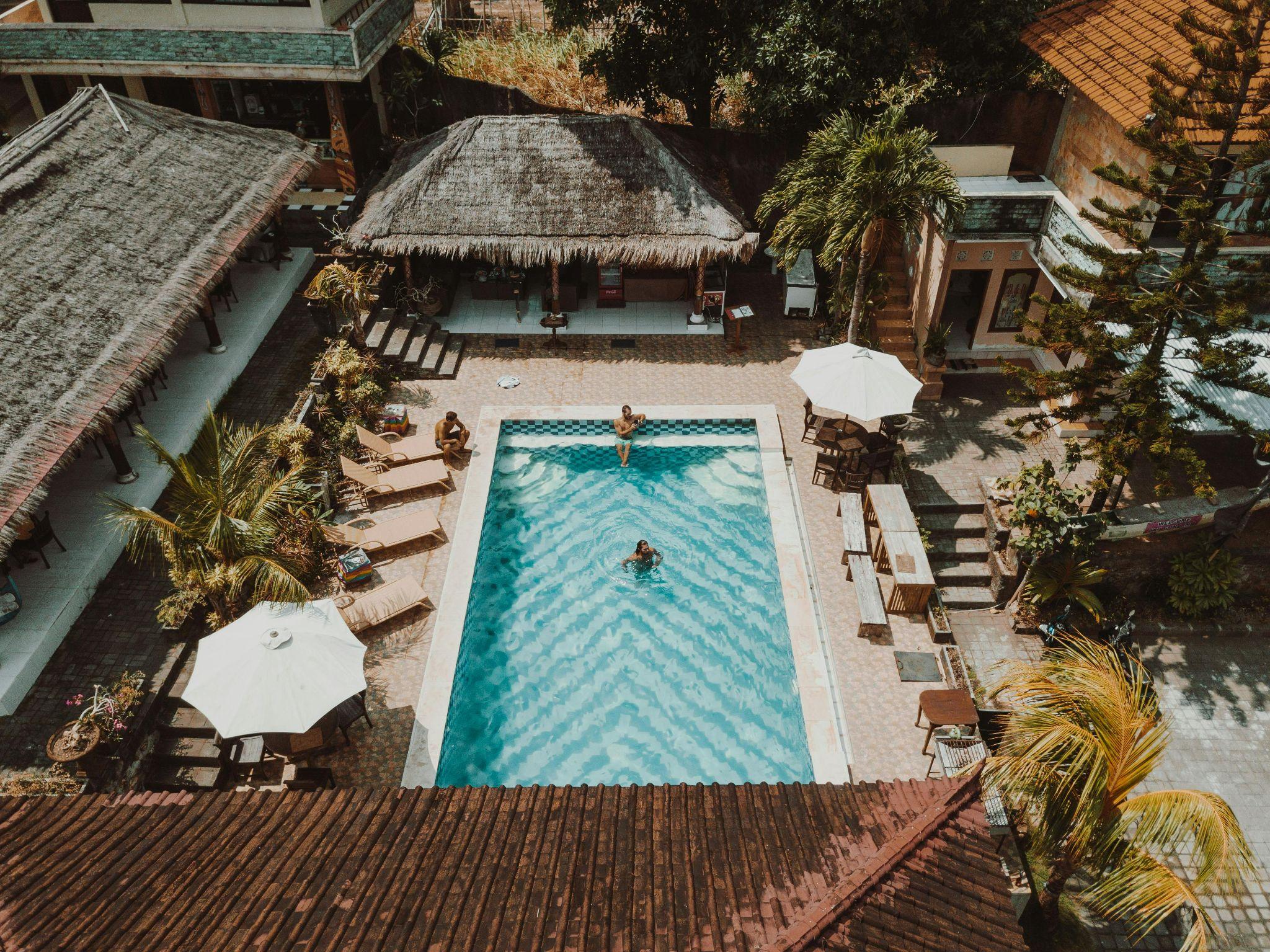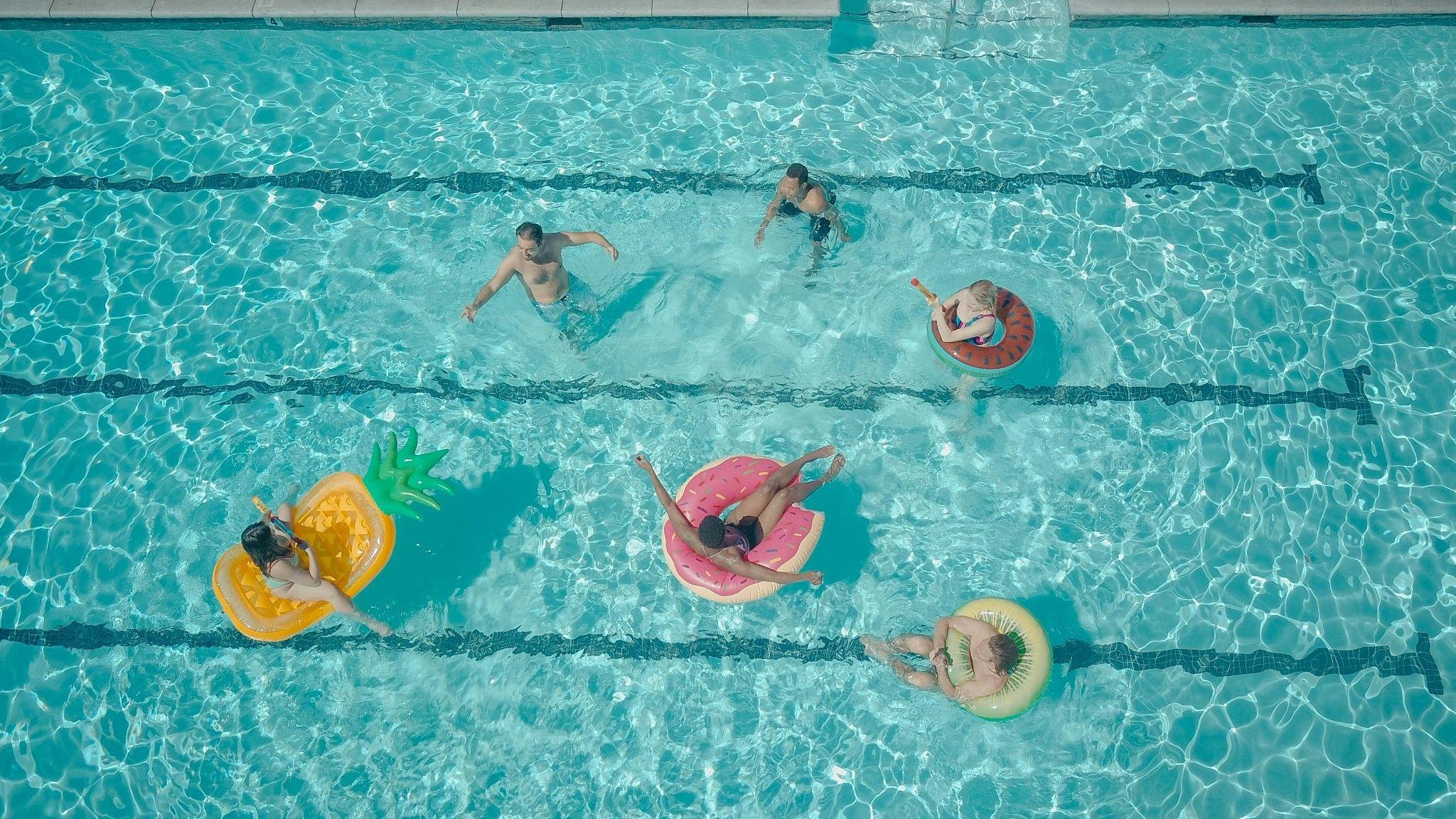Selecting the appropriate pool cover is a critical decision that impacts multiple aspects of pool ownership. The right cover enhances safety, reduces maintenance costs, improves energy efficiency, and provides essential seasonal protection. With various options available in the market, understanding the specific features and benefits of each type ensures you make an informed investment that aligns with your pool’s requirements and your lifestyle needs.
Understanding Different Pool Cover Types
The pool cover market offers diverse solutions designed to address specific needs, from safety and debris protection to temperature regulation and water conservation. Each cover type features unique construction materials, installation methods, and operational characteristics that determine its suitability for different pool configurations and owner priorities.
Automatic Pool Covers
Automatic pool covers represent the premium tier of pool protection systems, featuring motorized mechanisms that deploy and retract the cover with the push of a button. These sophisticated systems consist of durable vinyl or reinforced fabric stretched across the pool surface via a track-mounted motor system.
The primary advantages include unmatched convenience for daily use, superior safety protection capable of supporting significant weight, and excellent energy efficiency through heat retention. These covers effectively prevent unauthorized access, making them ideal for families with children or pets.
However, potential buyers should consider the substantial initial investment, typically ranging from $8,000 to $15,000 for standard installations. Additionally, automatic covers work best with rectangular or simple geometric pool shapes, as complex designs may require custom solutions that increase costs further.
Safety Mesh Pool Covers
Safety mesh covers provide robust winter protection through tightly woven polypropylene or polyethylene fabric that allows water drainage while blocking debris. These covers anchor securely to the pool deck using brass anchors and straps, creating a barrier that meets ASTM safety standards.
The mesh construction offers exceptional durability, often lasting 10-15 years with proper care, while providing child and pet safety by supporting substantial weight. The permeable design eliminates water accumulation issues common with solid covers.
Owners should plan for seasonal installation and removal, typically requiring 30-45 minutes with two people. The mesh allows some fine debris and sunlight penetration, potentially requiring more thorough spring cleaning compared to solid alternatives.
Solar Pool Covers (Bubble Covers)
Solar pool covers, commonly called bubble covers due to their distinctive bubble wrap-like appearance, float directly on the water surface to capture and transfer solar heat. The air-filled bubbles act as insulation, reducing heat loss overnight while minimizing water evaporation by up to 95%.
These covers deliver significant energy savings, potentially reducing heating costs by 50-70% according to the U.S. Department of Energy. The lightweight design allows for easy manual handling, and affordable pricing ($50-$200) makes them accessible for most budgets.
The trade-offs include minimal safety features—these covers cannot support weight and don’t prevent pool access. Manual deployment and removal can become tedious, and the material typically requires replacement every 2-4 years due to UV degradation.
Solid Pool Covers
Solid pool covers utilize reinforced vinyl or polyethylene materials to create an impermeable barrier that completely blocks debris, sunlight, and water passage. Available in both safety-rated and standard versions, these covers anchor to the deck perimeter and often include drainage systems.
Benefits include comprehensive debris protection, eliminating organic matter that could stain or damage pool surfaces during winter months. Safety-rated models meet ASTM standards for weight support, and the opaque material prevents algae growth by blocking sunlight entirely.
Water accumulation on the cover surface requires regular removal using a cover pump to prevent sagging and debris collection. Quality solid covers cost $400-$2,000 depending on size and features, representing a mid-range investment with 5-10 year lifespans.
Water Bag Pool Covers
Water bag covers combine a basic tarp-style cover with water-filled tubes that anchor the cover along the pool perimeter. This simple system requires no deck anchors or complex installation, making it popular for above-ground pools and budget-conscious owners.
The cost-effective nature ($100-$300) and straightforward installation process make these covers accessible for DIY pool owners. No special tools or permanent deck modifications are required.
Durability concerns arise as water bags can leak, tear, or displace in severe weather. The loose-fitting design allows debris accumulation underneath, and these covers provide no safety protection. Expected lifespan is typically 1-3 seasons.
Factors to Consider When Choosing a Pool Cover

Selecting the optimal pool cover requires careful evaluation of multiple factors that influence functionality, safety, and long-term value. A systematic assessment ensures your choice addresses specific requirements while fitting within practical constraints.
Pool Shape and Size
Pool geometry significantly impacts cover compatibility and cost. Measure your pool’s maximum length, width, and any irregular features accurately. Rectangular pools offer the most cover options at competitive prices, while kidney-shaped, L-shaped, or freeform pools often require custom covers with premium pricing.
For automatic covers, ensure your pool has adequate deck space for the track mechanism and housing unit. Safety covers need deck mounting points around the entire perimeter, typically 18-24 inches from the pool edge.
Safety Requirements
Safety considerations should be paramount, especially for households with children under 14 or pets. Look for covers meeting ASTM F1346 standards for safety covers, which specify minimum load-bearing capacity of 485 pounds for in-ground pools.
Local regulations may mandate specific safety features—check with your municipal building department. Consider whether you need year-round safety protection (automatic or permanent safety covers) or seasonal coverage (winter safety covers).
Climate and Seasonal Conditions
Your regional climate dictates cover performance requirements. Cold winter areas with snow and ice need heavy-duty covers capable of supporting significant weight loads. Mesh covers excel in wet climates by allowing water drainage, while solid covers suit areas with heavy leaf fall.
Hot, sunny regions benefit most from solar covers to maintain comfortable temperatures and reduce evaporation. Areas with extreme temperature fluctuations should prioritize durable materials resistant to expansion and contraction stress.
Maintenance and Durability

| Cover Type | Lifespan | Maintenance Level | Primary Care Tasks |
|---|---|---|---|
| Automatic | 7-12 years | Medium | Motor servicing, track cleaning, fabric inspection |
| Safety Mesh | 10-15 years | Low | Annual cleaning, strap tension checks |
| Solar | 2-4 years | Low | UV protection treatment, bubble inspection |
| Solid | 5-10 years | Medium | Pump water removal, surface cleaning |
| Water Bag | 1-3 years | High | Bag replacement, cover repair |
Consider your willingness to perform regular maintenance versus investing in more durable, self-maintaining options. Automatic covers require annual professional servicing ($150-$300), while manual covers need primarily owner-performed care.
Budget and Cost Considerations
Initial investment varies dramatically across cover types:
- Water bag covers: $100-$300
- Solar covers: $50-$200
- Safety mesh covers: $600-$1,500
- Solid safety covers: $800-$2,000
- Automatic covers: $8,000-$15,000
Calculate long-term value by factoring lifespan, energy savings, and reduced chemical usage. A solar cover paying for itself within one season through heating cost reduction, while an automatic cover’s convenience and safety features may justify the premium for active families.
Installation and Maintenance Tips
Proper installation and consistent maintenance maximize cover performance and longevity, protecting your investment while ensuring reliable pool protection.
Installation Best Practices
Automatic cover installation requires professional expertise due to electrical components and precise track alignment. Expect 1-2 days for complete installation by certified technicians.
Safety cover installation follows these steps:
- Clean and dry the pool deck thoroughly
- Position the cover centered over the pool
- Mark anchor locations according to manufacturer specifications
- Drill anchor holes using a hammer drill with masonry bit
- Install brass anchors flush with deck surface
- Attach springs and straps, adjusting tension evenly
- Verify the cover is taut and properly positioned
Solar covers require minimal installation—simply unfold on the water surface with bubbles facing down. Consider investing in a solar reel ($100-$400) to simplify daily handling and extend cover life.
Regular Maintenance Guidelines
Implement these maintenance routines for optimal performance:
- Weekly: Remove standing water from solid covers using a submersible pump
- Monthly: Inspect straps, springs, and anchors for wear or damage; clean debris from automatic cover tracks
- Seasonally: Deep clean covers with mild soap and water before storage; apply UV protectant to extend material life
- Annually: Professional inspection of automatic cover motors and mechanisms; replace worn components
Address common issues promptly: sagging indicates insufficient tension or water weight, tears require immediate patching with manufacturer-approved repair kits, and algae growth underneath signals inadequate sealing or sanitizer levels.
Conclusion
Choosing the right pool cover involves balancing safety requirements, climate considerations, maintenance commitment, and budget constraints. Automatic covers offer unmatched convenience and safety for families prioritizing ease of use, while safety mesh covers provide excellent winter protection with minimal maintenance. Solar covers deliver cost-effective temperature control and evaporation reduction, and solid covers ensure complete debris protection during off-season months.
Assess your pool’s dimensions, local weather patterns, and specific safety needs before making a decision. Invest in quality installation and commit to regular maintenance regardless of cover type. The right pool cover protects your investment, reduces operational costs, and provides peace of mind for years to come.

